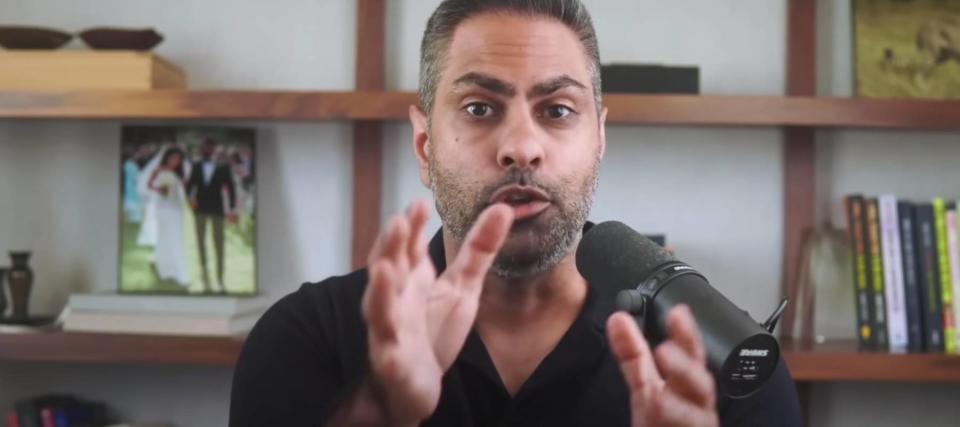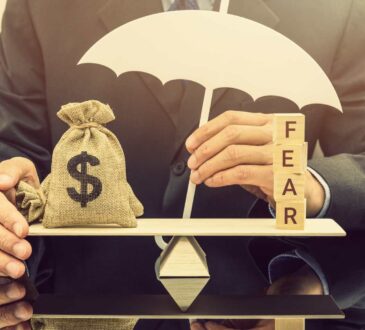Ramit Sethi says he’s a multimillionaire but doesn’t own his house — or invest in property. Here’s the ‘true cost’ of buying a home and what you should do instead


Personal finance coach Ramit Sethi made a surprising confession recently — despite his wealth, he’s still renting. Sethi has described himself as a multimillionaire, so he can easily afford to buy, but chooses not to.
“You’ve been lied to” about homeownership, he says.
Don’t miss
Sethi’s situation isn’t unusual. Affluent households across the country are renting instead of buying, especially in expensive cities like New York and San Francisco. In fact, 35.6% of households that were renting in San Francisco in 2020 were earning over $150,000, according to RentCafe’s analysis of US Census Bureau data reported on by Bloomberg. Meanwhile, the number of millionaire renters in Washington, DC tripled from 2015 to 2020, according to the report.
Here’s why a growing number of affluent Americans are voluntarily skipping the American Dream.
False promises
Sethi defines the American Dream as the ownership of a large single-family home with a white picket fence, a dog and perhaps two kids. “That is not an accident — where did that dream come from?” he asks. “That dream is the result of decades of marketing; some people might even call it propaganda.”
In the 1920s, lawmakers such as Commerce Secretary Herbert Hoover believed homeownership was the key to stabilizing and boosting the economy amidst a crisis. Banks, mortgage brokers and realtors saw an opportunity to boost profits alongside this government-fueled propaganda machine.
That’s what led us to a world of overleveraged homeowners and sky-high housing costs.
The ratio of the average home price to median household income has moved from less than 4 in 1973 to roughly 7.5 in August 2023. Today’s ratio is actually higher than the 6.8 level reached in 2006, two years before the Great Financial Crisis. Higher leverage, unsustainable prices and higher interest rates have put homeowners in a precarious position. Put simply, the dream has turned into a nightmare.
Myths about homeownership
Unsustainable prices are usually rooted in myths. Sethi believes there are four key myths about real estate: prices always go up, home prices always double in 10 years or so, leverage increases returns on investment, and tax deductions on mortgage payments are beneficial.
These are either false or only partially true, according to him. Home prices have stagnated or plunged in previous cycles, most famously during the 2008 financial crisis. Home prices, as represented by the FHFA House Price Index, had an average growth rate of 5.4% between March 1992 and June 2023. The quarterly index is a weighted average of price changes among the same properties resold or refinanced over the identified period. Meanwhile, the S&P 500 delivered average annual returns of 9.9% during the same period. This doesn’t account for the impact of inflation and maintenance costs associated with property.
Read more: Thanks to Jeff Bezos, you can now use $100 to cash in on prime real estate — without the headache of being a landlord. Here’s how
Leverage can boost returns, but only if prices are going up. When prices drop, leverage magnifies losses too. Finally, the mortgage tax deduction isn’t necessarily a good reason to buy a house and might be responsible for added risk in the housing market, according to economists.
The numbers don’t add up
In some major cities, the cost of ownership is far higher than the cost to rent. In recent years, this gap has skyrocketed. The monthly cost difference between owning a home and renting was 30% in August 2023, the highest since 1970, according to research by Reventure Consulting cited by Visual Capitalist.
That’s just the cost of mortgage payments. Owning a home involves several costs that renters don’t have to deal with. This includes maintenance, property taxes and insurance. Then there’s the opportunity cost of your home equity — money you could have earned on cash if it was invested in stocks or bonds instead of trapped in your home.
Sethi calls these “phantom costs” because homeowners dismiss or forget about them. According to him, these costs can add up over time and can diminish the total return even if you sell the house for more than you paid for.
Buying a home is a deeply personal choice
Despite these calculations, homeownership isn’t always a bad idea. In fact, even Sethi admits he might buy someday. But he advises people to consider a home purchase as personal consumption rather than an investment. This shift in perspective could lower the risks associated with this gigantic purchase.
What to read next
This article provides information only and should not be construed as advice. It is provided without warranty of any kind.




